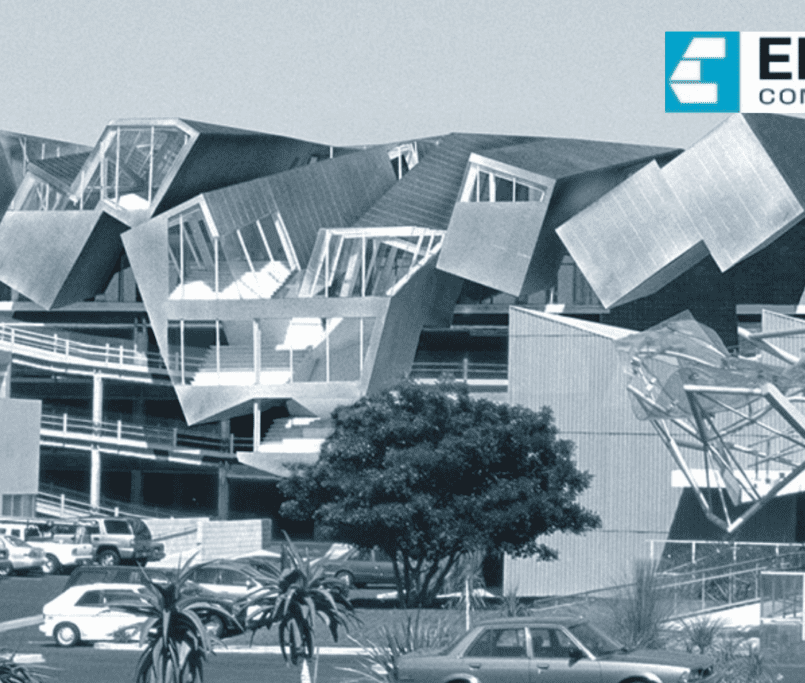Designing for Deluge: Architectural Innovations for Flood-Resistant Homes in Southern California
In Southern California, where the beauty of sun-kissed beaches meets the challenge of nature’s unpredictability, architects and builders are pioneering innovative solutions to create homes resilient to floods. As climate change intensifies weather patterns, bringing heavier rains and raising sea levels, the region faces an increasing risk of flooding.
This reality has sparked a movement towards designing homes that can withstand these natural forces, ensuring the safety and sustainability of coastal and flood-prone communities.
Embracing Elevated Structures:
One of the most straightforward and effective strategies for flood-resistant design is elevating homes above potential flood levels. Inspired by traditional stilt houses but infused with modern aesthetics and materials, these elevated structures offer a buffer against rising waters.
Architects are utilizing lightweight, durable materials and innovative engineering to create elevated homes that not only resist floods but also blend seamlessly into the landscape. This approach not only safeguards the property but also preserves the panoramic views that make Southern California’s coastline so coveted.
Innovative Materials and Construction Techniques:
The choice of materials plays a crucial role in flood-resistant design. Innovations in construction materials such as water-resistant and quick-dry insulations, concrete that can withstand saltwater corrosion, and non-porous flooring options are becoming staples in new constructions.
Additionally, architects are integrating smart barriers and floodgates that activate in response to rising water levels, providing automatic protection to properties at the first sign of flooding.
Landscape and Permeable Pavements:
Landscape architecture is also a critical component of flood-resilient design. By incorporating rain gardens, bioswales, and permeable pavements, architects and designers can manage stormwater onsite, reducing runoff and the risk of flooding. These features not only enhance the home’s resilience but also contribute to the sustainability and biodiversity of the local ecosystem.
Passive Design Strategies:
Passive design strategies are gaining traction as a means to utilize natural forces for flood mitigation. Strategic placement of windows, doors, and vents allows for natural ventilation, reducing the risk of mold and mildew in the event of a flood. Similarly, the orientation of buildings to maximize natural light and heat can help keep homes dry and prevent damage during wetter months.
Case Studies: A Glimpse into the Future:
Several projects in Southern California serve as beacons of innovation in flood-resistant design. For instance, the Floating House in Los Angeles, designed to rise with the water levels, showcases how adaptable infrastructure can provide a dynamic response to flooding. Similarly, the Venice Resilience Project employs a combination of elevated structures, permeable landscapes, and community-wide water management systems to protect against sea-level rise.
The Path Forward As Southern California continues to navigate the challenges posed by climate change, the role of architecture in mitigating these risks cannot be overstated. By investing in research, embracing innovative design strategies, and fostering collaboration between architects, engineers, policymakers, and communities, Southern California can lead the way in creating resilient homes and neighborhoods capable of withstanding the deluge. These efforts not only protect homes and lives but also ensure the longevity and vitality of the region’s unique coastal identity.
Disclaimer: This content is provided solely for your review. Erusu Consultants takes no liability for this article. The reader is advised to form their own opinion. Please consult a Structural Engineer before making any final decisions.





